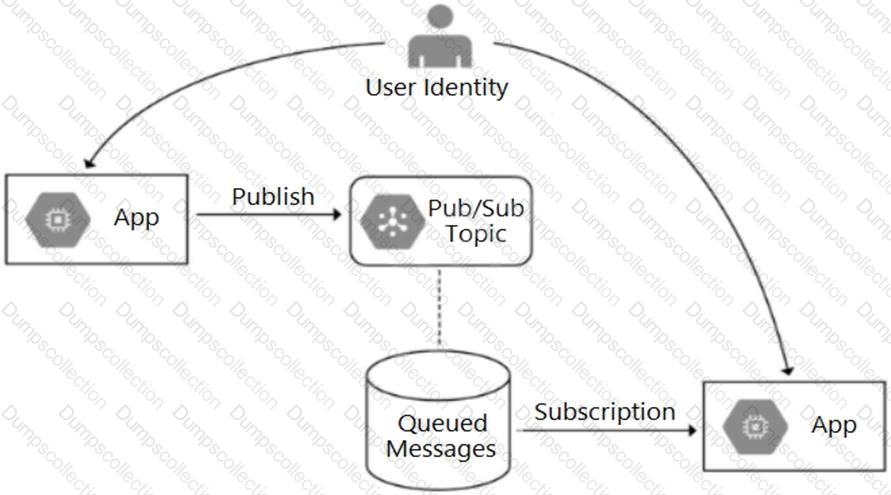Google Google Certified Professional - Cloud Developer Professional-Cloud-Developer Exam Dumps: Updated Questions & Answers (December 2025)
Your team is creating a serverless web application on Cloud Run. The application needs to access images stored in a private Cloud Storage bucket. You want to give the application Identity and Access Management (IAM) permission to access the images in the bucket, while also securing the services using Google-recommended best practices What should you do?
Your operations team has asked you to create a script that lists the Cloud Bigtable, Memorystore, and Cloud SQL databases running within a project. The script should allow users to submit a filter expression to limit the results presented. How should you retrieve the data?
You are a lead developer working on a new retail system that runs on Cloud Run and Firestore. A web UI requirement is for the user to be able to browse through alt products. A few months after go-live, you notice that Cloud Run instances are terminated with HTTP 500: Container instances are exceeding memory limits errors during busy times
This error coincides with spikes in the number of Firestore queries
You need to prevent Cloud Run from crashing and decrease the number of Firestore queries. You want to use a solution that optimizes system performance What should you do?
You are developing an event-driven application. You have created a topic to receive messages sent to Pub/Sub. You want those messages to be processed in real time. You need the application to be independent from any other system and only incur compute costs when new messages arrive. You want to configure the simplest and most efficient architecture What should you do?
Your analytics system executes queries against a BigQuery dataset. The SQL query is executed in batch and passes the contents of a SQL file to the BigQuery CLI. Then it redirects the BigQuery CLI output to another process. However, you are getting a permission error from the BigQuery CLI when the queries are executed. You want to resolve the issue. What should you do?
You manage a microservice-based ecommerce platform on Google Cloud that sends confirmation emails to a third-party email service provider using a Cloud Function. Your company just launched a marketing campaign, and some customers are reporting that they have not received order confirmation emails. You discover that the services triggering the Cloud Function are receiving HTTP 500 errors. You need to change the way emails are handled to minimize email loss. What should you do?
You are monitoring a web application that is written in Go and deployed in Google Kubemetes Engine. You notice an increase in CPU and memory utilization. You need to determine which function is consuming the most CPU and memory resources. What should you do?
Your team is developing an application in Google Cloud that executes with user identities maintained by Cloud Identity. Each of your application’s users will have an associated Pub/Sub topic to which messages are published, and a Pub/Sub subscription where the same user will retrieve published messages. You need to ensure that only authorized users can publish and subscribe to their own specific Pub/Sub topic and subscription. What should you do?

You need to containerize a web application that will be hosted on Google Cloud behind a global load balancer with SSL certificates. You don't have the time to develop authentication at the application level, and you want to offload SSL encryption and management from your application. You want to configure the architecture using managed services where possible What should you do?
You are in the final stage of migrating an on-premises data center to Google Cloud. You are quickly approaching your deadline, and discover that a web API is running on a server slated for decommissioning. You need to recommend a solution to modernize this API while migrating to Google Cloud. The modernized web API must meet the following requirements:
• Autoscales during high traffic periods at the end of each month
• Written in Python 3.x
• Developers must be able to rapidly deploy new versions in response to frequent code changes
You want to minimize cost, effort, and operational overhead of this migration. What should you do?

